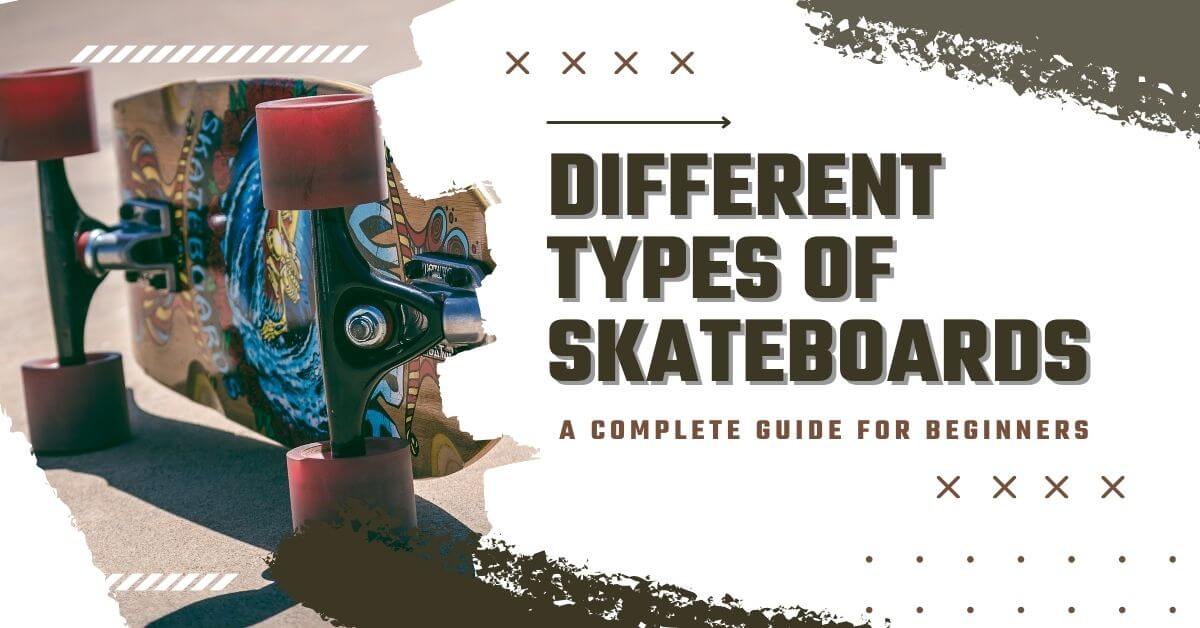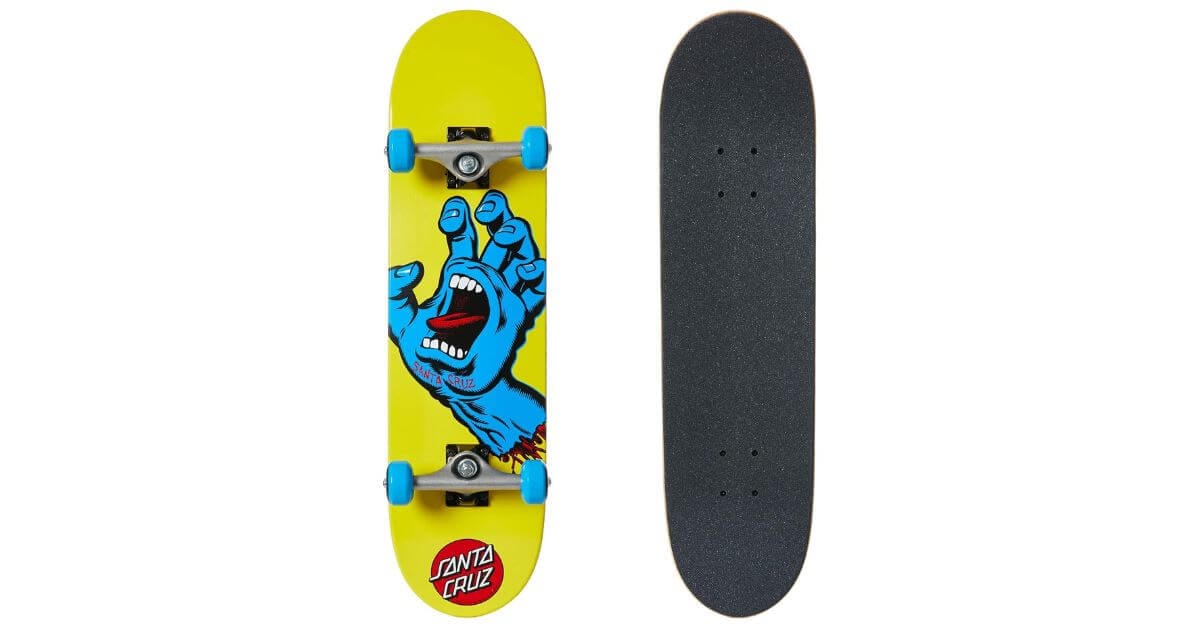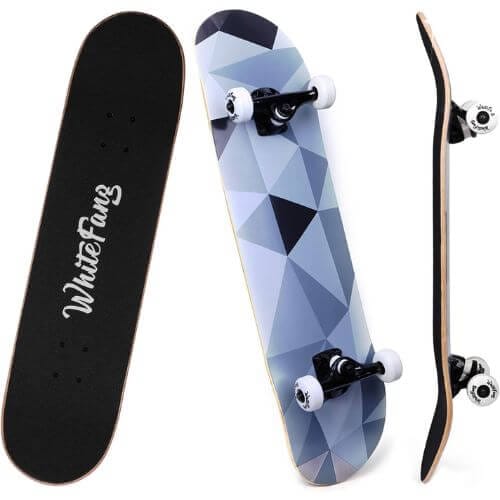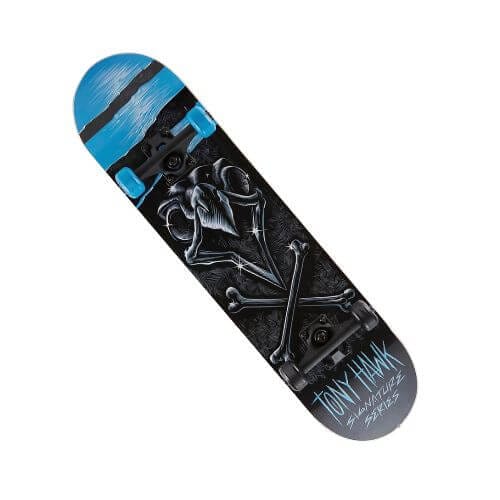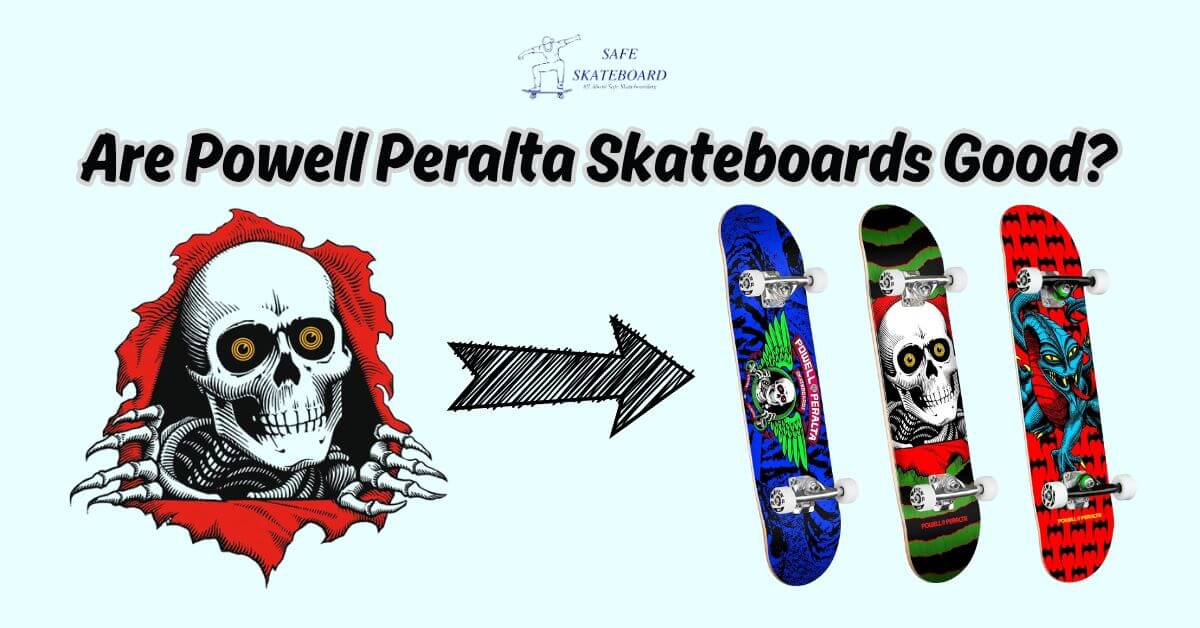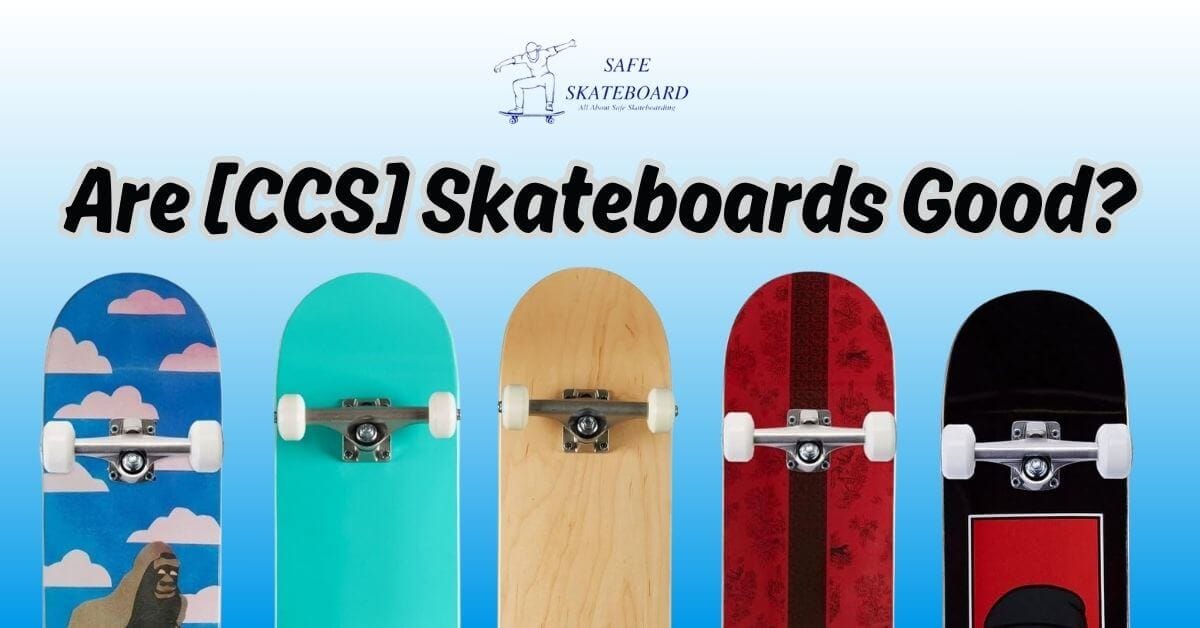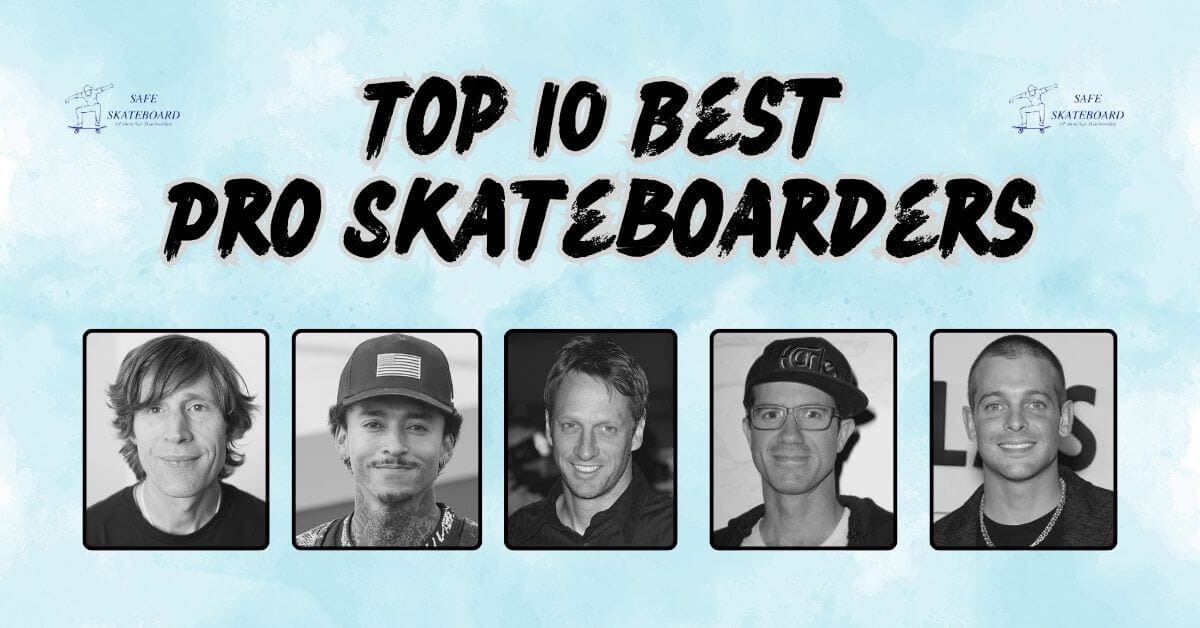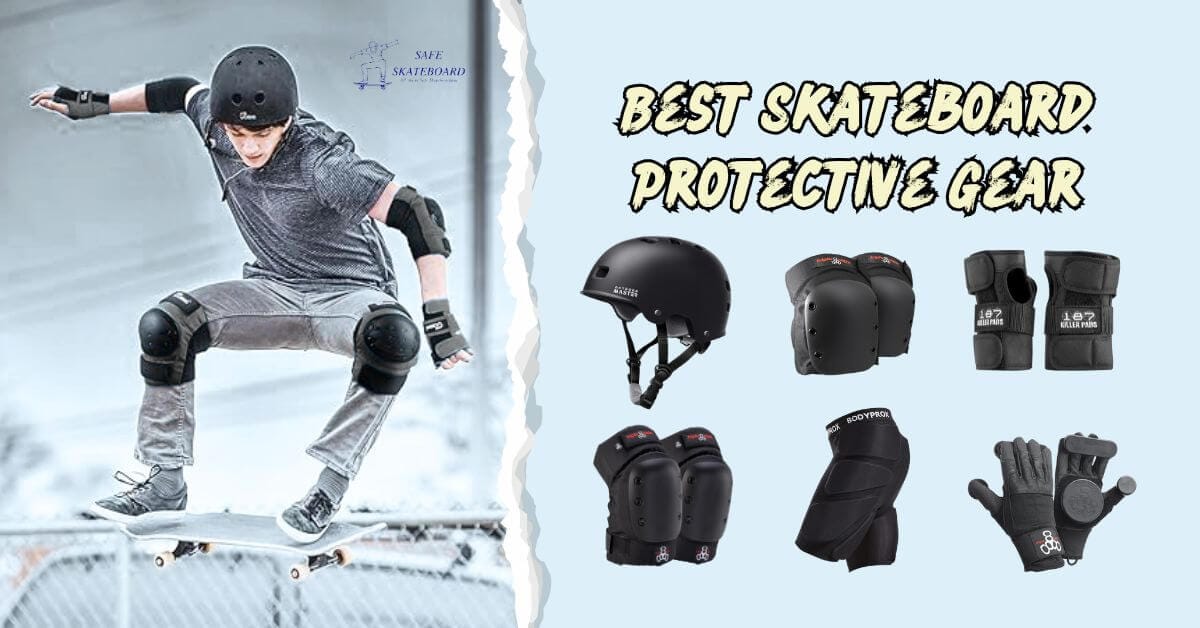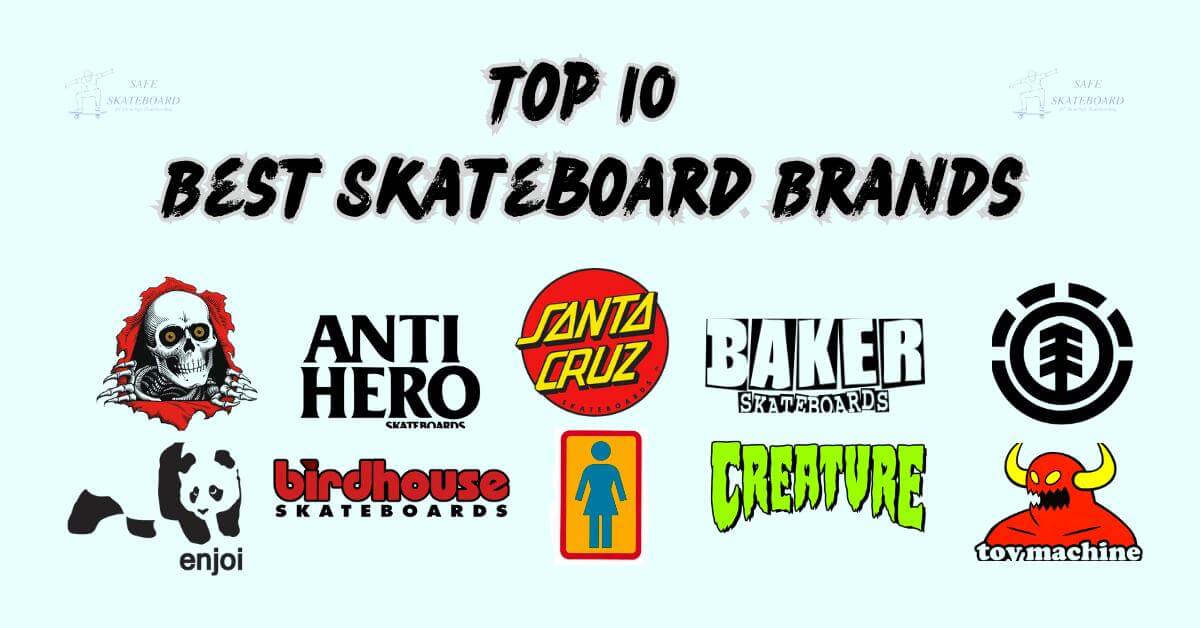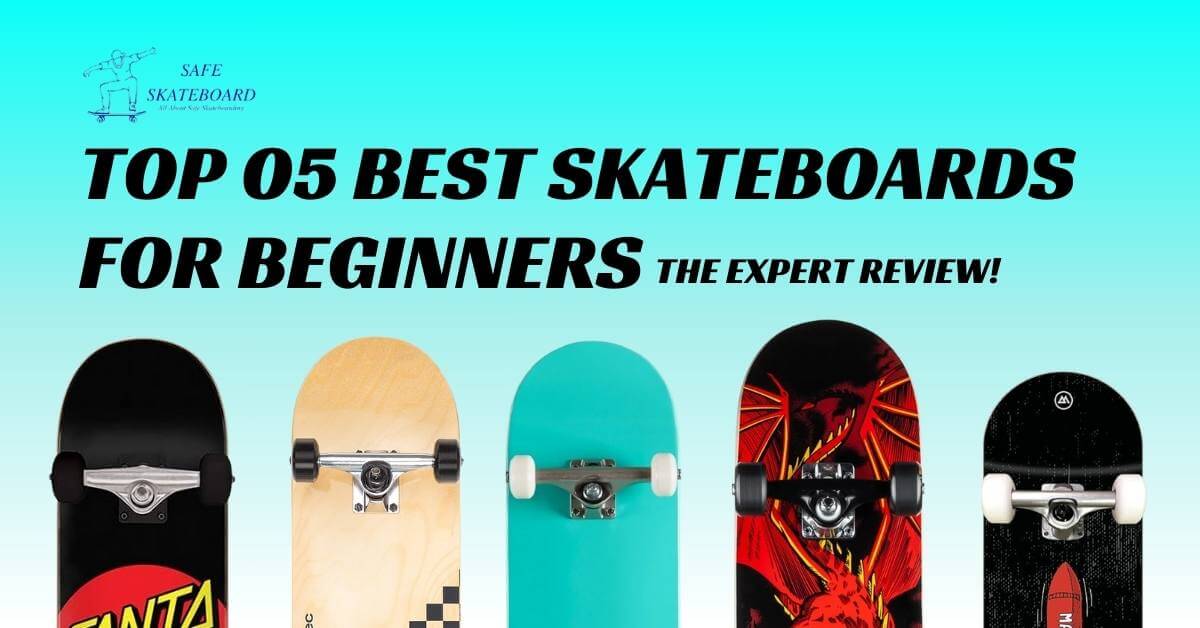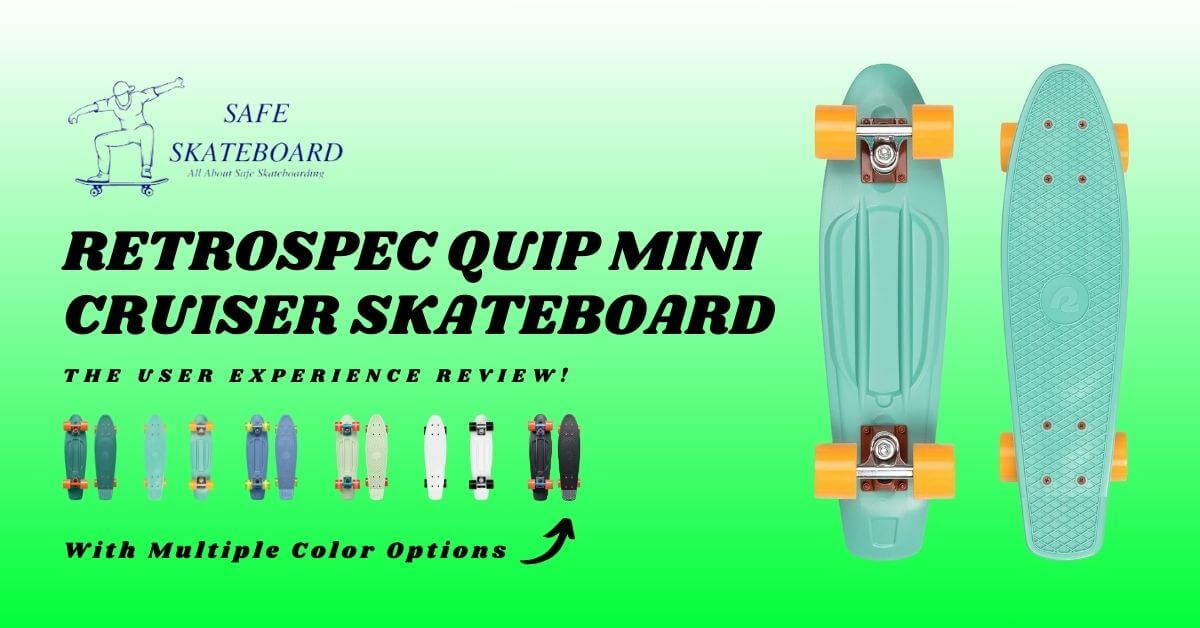Stepping into the world of skateboarding? One of the first things you need to know all skateboards are not the same! There are different types of skateboards on the market, each designed for specific styles and terrains, it’s easy to pick the wrong one.
Imagine buying a board that’s too wobbly for tricks or too stiff for smooth cruising. That can ruin your ride, waste your money, and make learning harder than it should be. But finding the perfect skateboard doesn’t have to be so confusing.
In this guide, I’ll break down the different types of skateboards, from shortboards to cruisers, explaining their unique features and best uses. By the end, you’ll know exactly which skateboard fits your style, skill level, and riding goals.
What is Skateboard?
A skateboard is a flatboard mounted on four wheels, specifically designed for riding, tricks, and stunts. It consists of a deck, trucks, and wheels that allow for smooth motion and maneuvering.
Skateboarding began as a surfing-inspired sport in the 1950s and has since evolved into a worldwide phenomenon with various styles like street, park, and downhill riding.
Skateboards come in many types, each crafted for different riding styles. Whether for performing tricks, cruising through the city, or racing downhill, a skateboard offers endless possibilities.
It’s more than just a sport. It’s a unique form of self-expression, balance, and freedom on wheels
Explore The Different Types Of Skateboards
Discover the unique features of each skateboard type and find the perfect fit for your style. Let’s dive in:
1. Shortboards
Shortboards are the most classic and widely recognized type of skateboard. They’re compact and perfect for tricks and technical skateboarding.
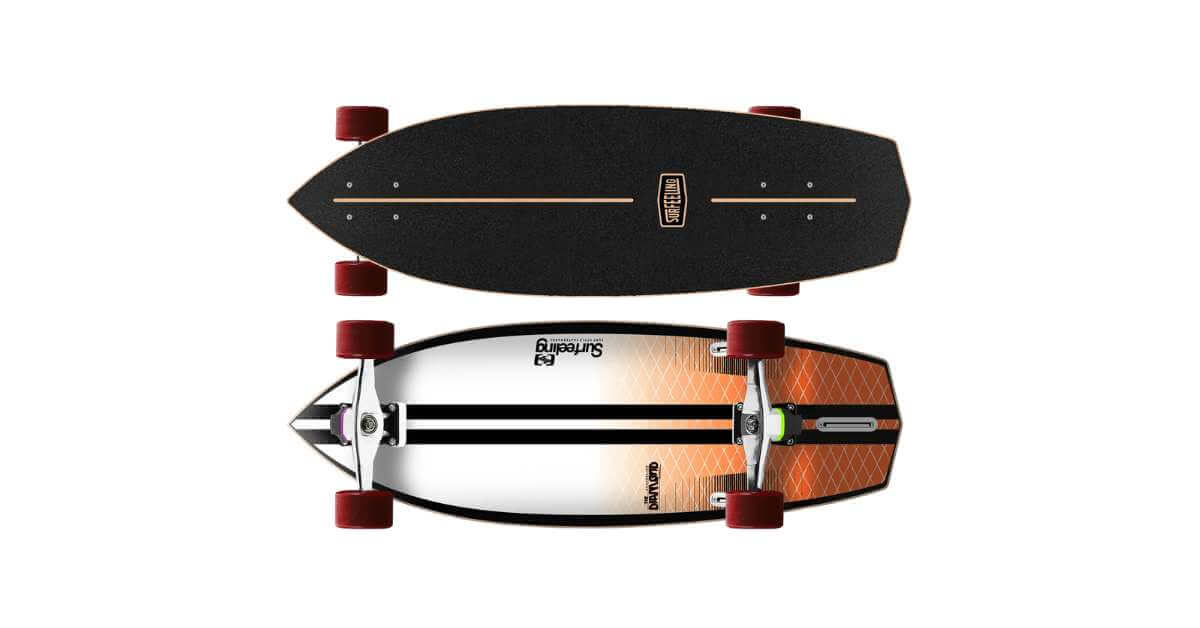
Key Features:
- Deck: Compact and lightweight, usually under 33 inches, with a concave shape for control.
- Wheels: Small and hard (50-54mm, 95A+), ideal for tricks and technical skating.
- Speed: Quick acceleration, designed for bursts of speed in skateparks and street environments.
If you’re interested in doing ollies, kickflips, and grinds, Then a shortboard is your best friend. Its small size and lightweight build make it easy to maneuver. Which it’s often the board of choice for street and park skaters.
2. Longboards
Longboards are larger, and provide excellent stability, making them perfect for cruising, commuting, and downhill racing.
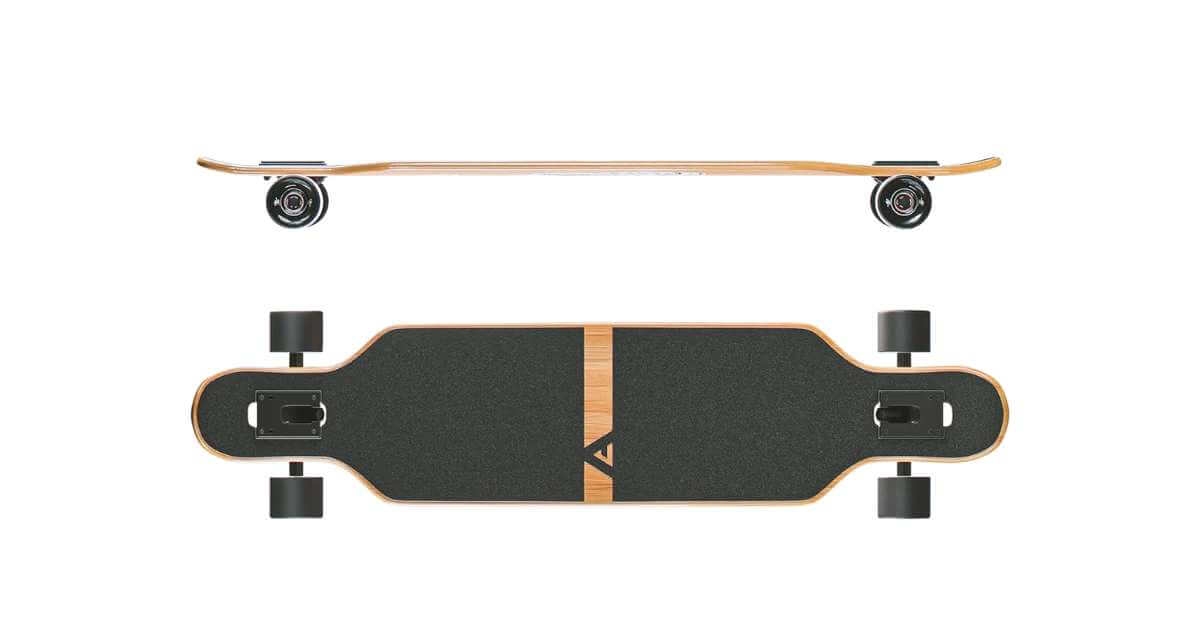
Key Features:
- Deck: Long and stable, often over 36 inches, great for downhill stability and cruising.
- Wheels: Large and soft (usually 60mm+), providing a smooth ride even on rough surfaces.
- Speed: High speed for downhill and long-distance cruising, thanks to the larger wheels and stable deck.
Longboards are ideal if you’re looking for a skateboard that offers smooth, effortless rides. Because of their length, they’re stable at higher speeds, making them popular for downhill skateboarding.
When you think about a longboard, There are several types of longboards: like cruisers, downhill boards, and freestyle boards, each designed for a specific riding style.
3. Cruisers
Cruisers are versatile skateboards made for easy, relaxed rides around town. They’re a middle ground between shortboards and longboards, offering both maneuverability and comfort.
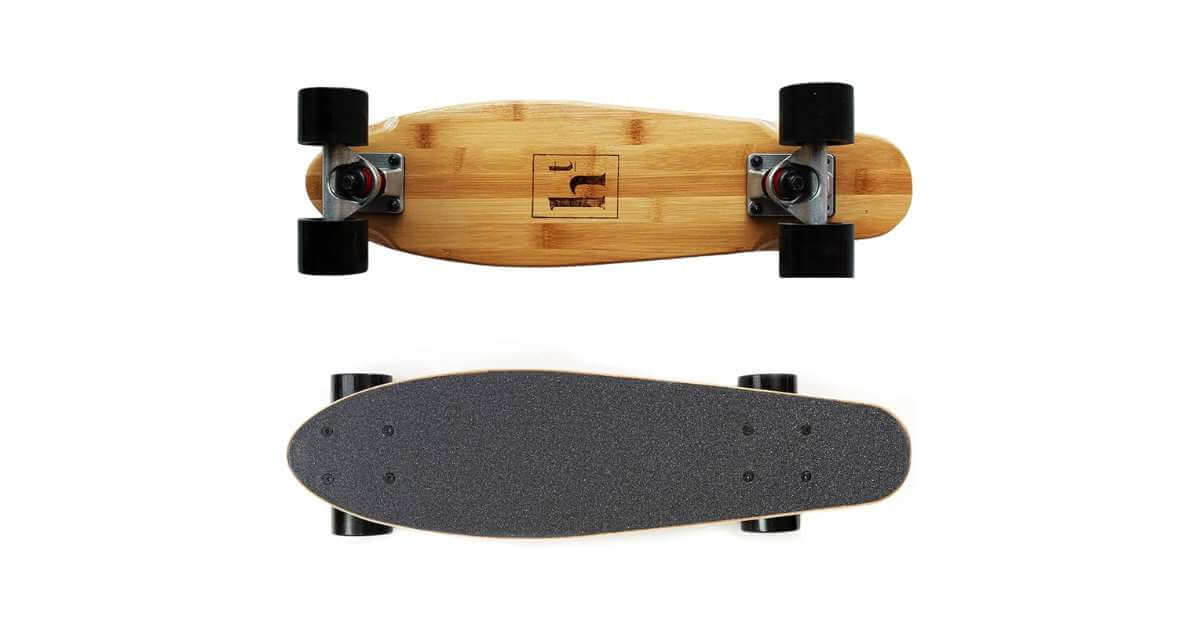
Key Features:
- Deck: Mid-sized with a kicktail, easy to maneuver, and comfortable for casual riding.
- Wheels: Soft and midsized (around 55-60mm), designed for smooth rolling on streets.
- Speed: Moderate speed, suitable for urban commutes and relaxed cruising.
Cruisers are great skateboards for people who want fun. Cruisers are convenient to ride without committing to trick skating or longboard-style cruising.
They’re often slightly smaller than longboards but still give a smooth, comfortable ride thanks to their soft wheels.
4. Old School Boards
Old School Boards have a retro shape, resembling the skateboards from the 1970s and 80s. They’re wider with a flatter nose, making them stable and easy to control.
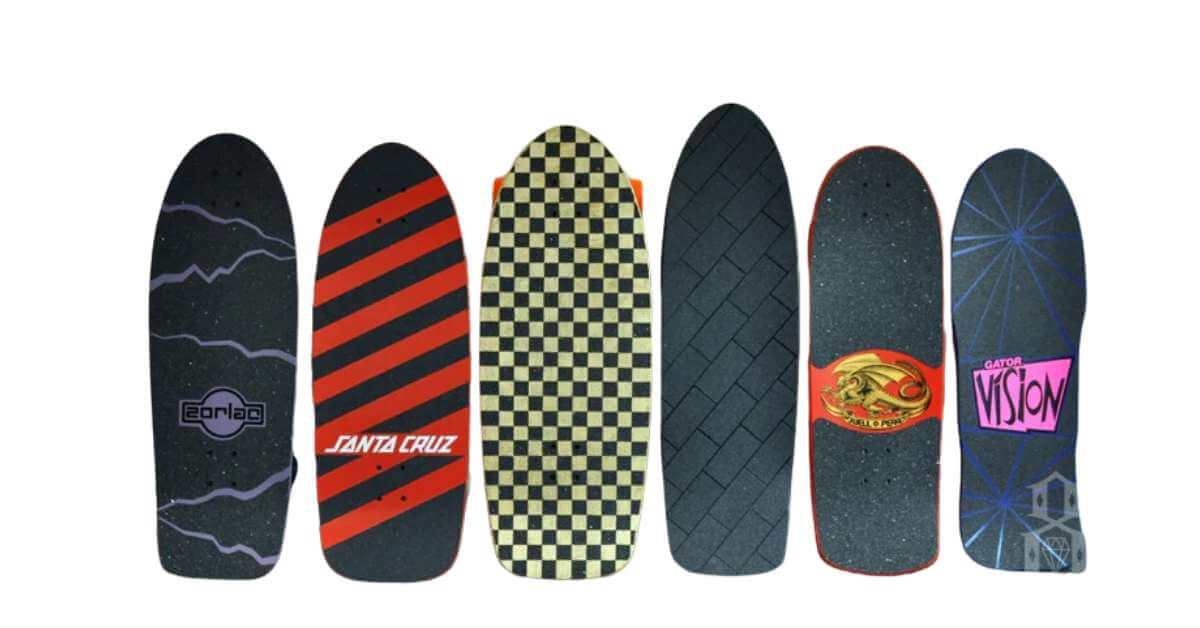
Key Features:
- Deck: Wide and flat with a pointed nose and large kicktail, retro-style.
- Wheels: Larger, durable wheels (58-60mm) for stability on ramps and pools.
- Speed: Steady and controlled, ideal for ramp and pool skating.
If you like a throwback style, old-school boards are a unique option. They’re great for riding ramps and pool skating due to their stable, wide design.
5. Mini Cruisers and Penny Boards
Mini cruisers and Penny boards are small, lightweight, and portable skateboards, perfect for riders on the go.
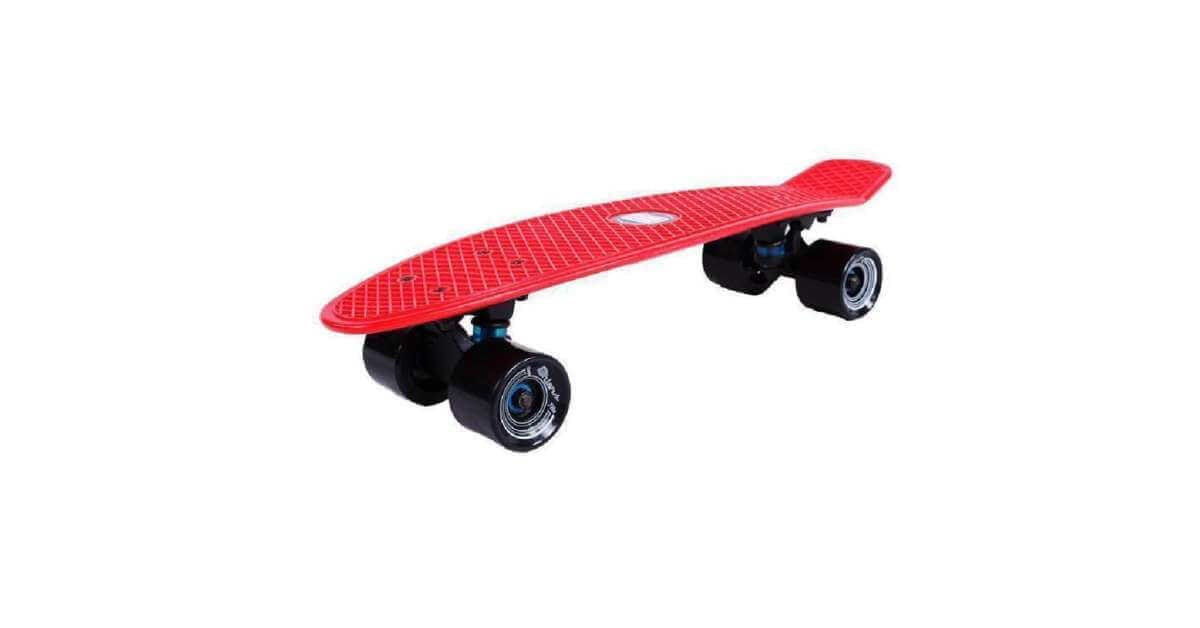
Key Features:
- Deck: Small and lightweight, typically between 22-27 inches, highly portable.
- Wheels: Soft, small-to-mid-sized (around 57mm), good for smooth rolling on uneven surfaces.
- Speed: Moderate, suitable for quick trips but not for high speeds.
Mini cruisers are ideal if you want a highly portable skateboard. A specific brand of mini-cruiser is made of plastic, making them super light and easy to carry. They’re not designed for tricks but are a fun and easy option for quick rides.
6. Electric Skateboards
Electric skateboards are an exciting, modern addition to the skateboard world, allowing you to cruise with minimal effort.
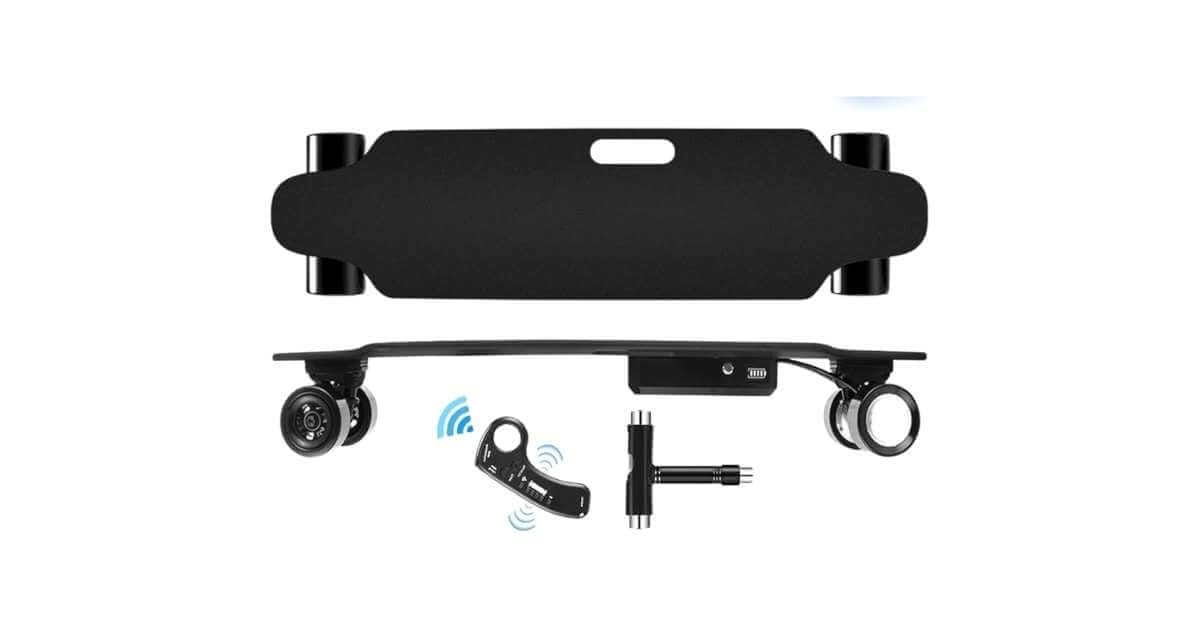
Key Features:
- Battery-Powered Motor: Lets you ride without pushing, controlled by a handheld remote.
- Deck: Durable and sturdy, often slightly larger for stability with a built-in battery and motor.
- Wheels: Often larger and softer for smooth, steady rides.
- Speed: Variable, controlled via remote, with options for moderate to high speeds, ideal for commuting.
Electric skateboards are great if you want an easy way to commute without needing to push. With their remote control, you can easily adjust speed and even go uphill.
7. Freestyle or Dancing Boards
Freestyle boards are long, flexible skateboards with plenty of deck space for dancing moves and tricks. This skateboard is popular among riders who want to experiment with more fluid, expressive skating.
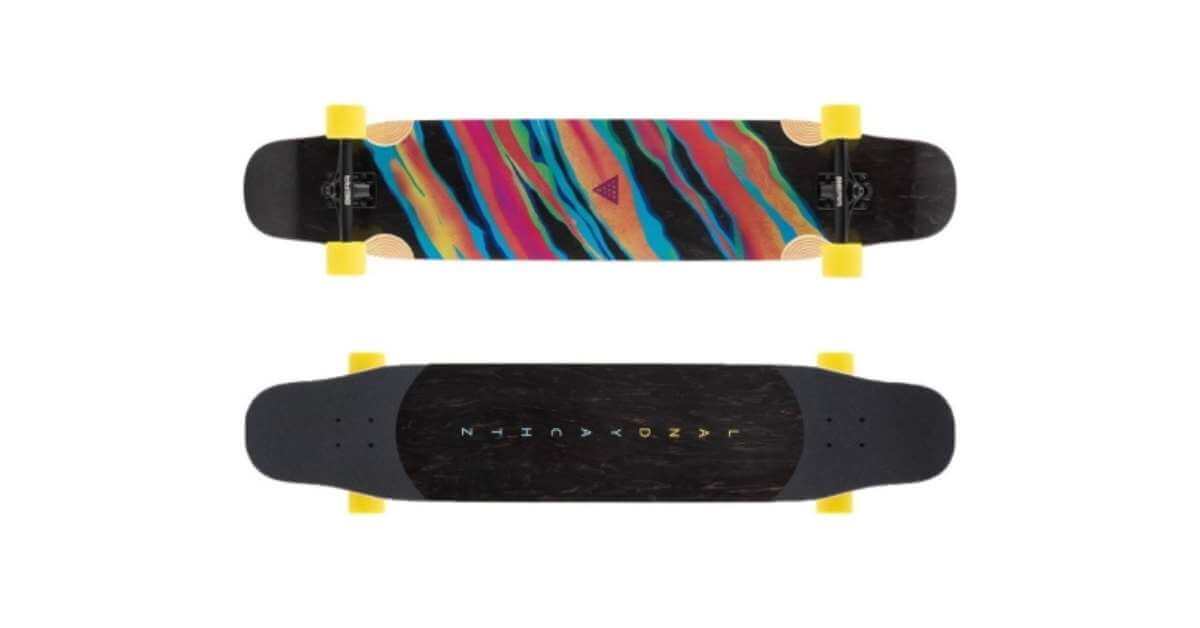
Key Features:
- Deck: Extra-long (usually 40+ inches), flexible, providing space for footwork and dancing.
- Wheels: Soft and midsized, giving grip and smooth movement for freestyle maneuvers.
- Speed: Moderate, designed for controlled, flowing movements rather than high-speed riding.
Freestyle and dancing boards allow skaters to perform footwork, dance, and flowing tricks. Their long decks make it easy to move around on the board, giving riders the freedom to express themselves.
8. Double-Kick Skateboards
Double-kick skateboards have upturned noses and tails on both ends. That allows for tricks from either side of the board. They’re great for skaters who want to perform advanced tricks.
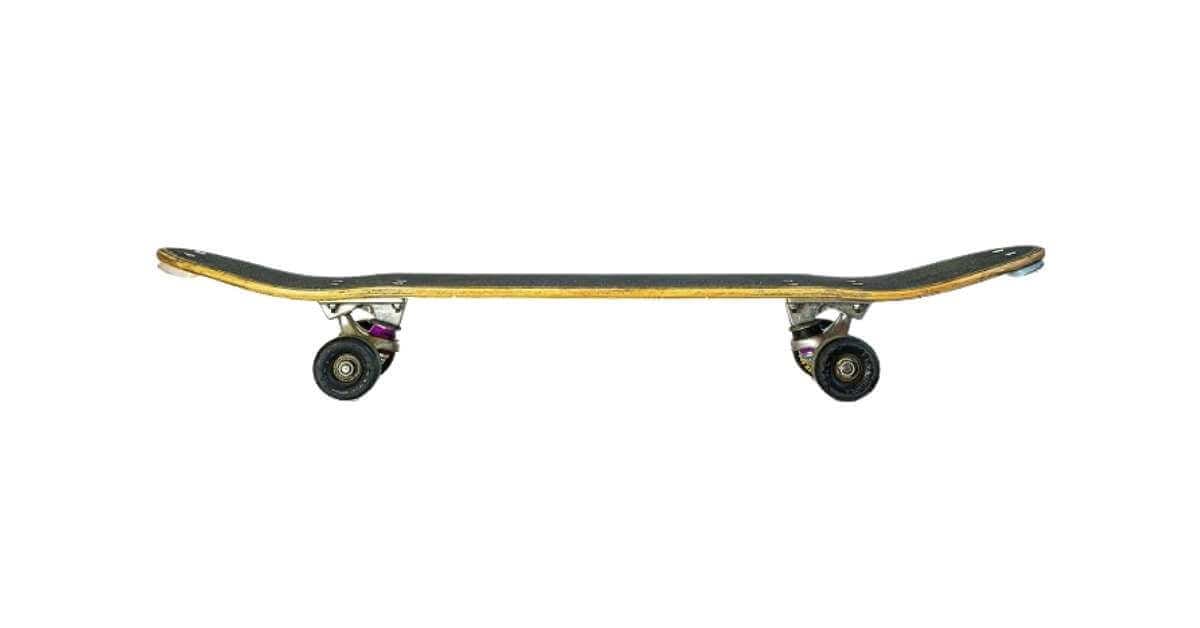
Key Features:
- Deck: Short with kicktails on both ends, perfect for tricks from either side.
- Wheels: Small and hard, similar to shortboards, for precise trick control.
- Speed: Quick acceleration, built for technical skating in skateparks and urban areas.
If you’re interested in skateboarding tricks but want more versatility, double-kick skateboards are a fantastic choice. Their design allows for a wide range of tricks, making them popular among technical skaters.
How to Choose the Right Skateboard For You
Choosing the right type of skateboard depends on what you want to do with it. Here’s a quick guide:
- For Tricks and Technical Riding: Go with a shortboard or double-kick skateboard.
- Longer Rides: A longboard or cruiser is ideal.
- For Downhill and High-Speed Stability: Longboards are your best option.
- For Dancing or Artistic Riding: Try a freestyle or dancing skateboard.
- For Simple, Casual Rides: Cruisers or mini cruisers are easy to use and portable.
On A Final Note
And there you have it, the complete guide to all the different types of skateboards. Each skateboard type has its strengths, so choose one that matches your goals and interests.
Whether you’re just starting or looking to expand your collection, exploring various board types can enhance your skateboarding experience and allow you to discover new styles and terrains.
Safety is key no matter which skateboard you choose. Wearing protective gear, that ensures you stay safe while you riding.
Ultimately, each skateboard offers a fresh way to express yourself, adding to the thrill, creativity, and freedom that skateboarding brings to riders of all levels.
So, what are you waiting for? Grab your board, hit the pavement, and let the adventure begin!
